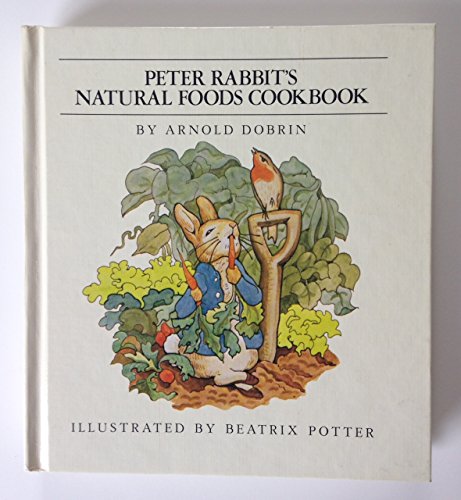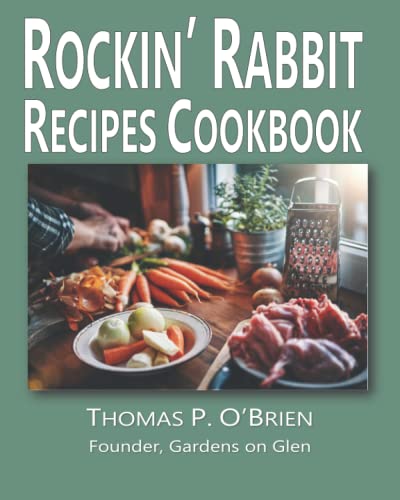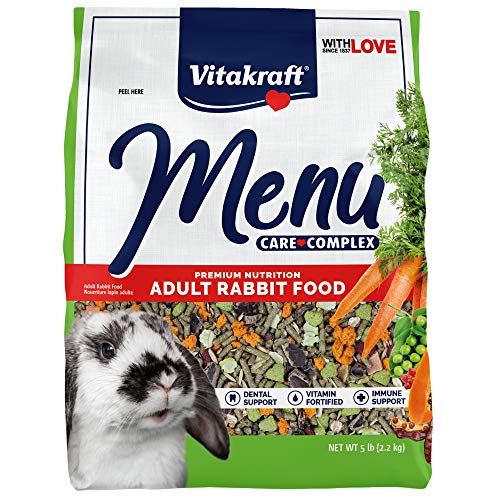I'll clarify that I am totally open to anyone's definition of culling... Whatever makes you decide not to breed or keep a rabbit. And I really like to hear what you choose to do with those culls.
As with many things, our goals change and a new set of ideals surfaces. With my French Angoras, I feel open to reshaping my goals by hearing more from others, learning more and possibly (only
possibly) showing them. Starting off, I cared more about wool softness and good mothering skills. I've grown to feel less tolerance for poor health, poor body type and aggression.
Here's what I am compelled to cull for as of late:
Crooked tails that have been in my herd forever, but I never really understood they were a dq (I have never shown rabbits.)
Poor growth
Severity of ringworm if they get it (rescued a stray kitten and was rewarded with ringworm on the farm :x ) and ability to completely recover and gain tolerance or immunity to it
Aggression (They need to let me see the babies!)
Sneezing (never any mucus, but some sneeze when stressed)... so, tolerance to stress
Tolerance to my climate (damp and cool)
Too much guard hair
Small rear (hee-hee... being very pair shaped myself, I'm righteously aggressive about this one

)
My herd is full of very sweet rabbits with great wool and mothering skills, too! So, the above is not my majority.
When I cull, I raise them for meat. Since we DO eat meat, I feel this is the most sensible way to cull for us. There are some rabbits that I may sell as woolers, but honestly, I'd rather not. Buyers can be either a wonderful new friendship, or can be more work than it's worth. I think I have decided that I'd like to only sell the best extras I have as breeding or show stock. I'm not there yet, so we eat a lot. I never buy meat - ever.
There are very few I need cull for serious health issues (like the birth defect I found in the toxin-ingesting doe). In that case, I will cull tiny kits that may not make it by dispatching them. These are the only culls that are not grown for meat. I may sell the good kits and their mothers out of those as woolers, though.






















































